You’ve surely seen it in the movies and can picture the scene: as the conflict continues to escalate, suddenly a frenzy of cacophonous clacks and pings erupt from your speakers as one of the characters (typically the bad guy) performs an elaborate flipping routine and produces a butterfly knife. It’s just a movie, though, so of course the knife was dulled.
But then you go online and find copious examples of people flipping real balisongs and performing insanely complex manipulations without so much as a knick from the sharpened edge. You dig a little deeper and also end up finding heaps of videos that start with “blood warnings” - people really do get cut flipping these things!
So what’s the deal? How do people flip balisongs without getting cut? Let’s take a close look at the types of butterfly knives that are out there, how often flippers get cut, and most importantly - how to flip one without getting cut.
If you’re the TLDR type of person, here are the best ways to flip a balisong without getting cut:
- Use a Trainer/Flip dull
- Tape your Blade
- Keep Your Balisong Maintained
- Watch Your Feet!
- Don’t be Afraid to Drop Your Knife
- Don’t Try to Catch a Falling Knife
- Use a Bite Handle Indicator
- Learn on Trainers, Perform on Live Blades
- Pay Attention
- Flip Sober
- Practice!
Anatomy of a Balisong
Before we delve too deep into this topic let’s take a quick look at the anatomy of a butterfly knife. For the purposes of learning how to flip without getting injured, we’ll just need to look at four main parts: the sharpened edge, the spine of the blade, and the two handles that counter-rotate around the knife.
The handle that closes on the spine of the blade is most commonly referred to as the “safe handle”, and the other referred to as the “bite handle”. This is, of course, because your fingers will not get cut if positioned between the safe handle and spine of the blade, but will if they get caught between the bite handle and the blade.

Most beginner tricks only involve manipulating the safe handle, allowing the user to get used to how the knife carries momentum without worrying about getting injured. The bite handle is certainly not avoided though - although it may seem counterintuitive, many tricks actually require the flipper to hold the bite handle in order to keep their fingers safe.
Types of Balisongs and Edge Options
In addition to the basic balisong anatomy, it is also important to understand the different types that exist. The two main categories are live blades and trainers, which can be further broken down into sub-categories and levels of sharpness.
Live Blades
Single Edge
The most common type of balisong are single edge. As the name implies, there is one cutting edge, and the opposite side of the blade is where the unsharpened (and often crowned) spine is located.
Double Edge
Double edge balisongs lack a spine and a safe handle. The blade of these knives are daggers, being sharpened on both sides. Check out our article all about our favorite double edge balisongs for more information on these!

Levels of Sharpness
Knife sharpness is a spectrum, but for simplicity’s sake we can break live blade sharpness into four main categories:
Razor sharp: Some knifemakers put the sharpest edge as possible on their blades, sharp enough to pop the hairs off of your skin with a single stroke. Depending on what you use your knife for you may want to sharpen your edge to a razor sharp level.
Flipper’s Edge: This term refers to a knife that is plenty sharp, but less so than a razor sharp edge. Flippers want sharp knives because they slice clean, and cuts from sharp knives are generally less painful and create lacerations that heal more quickly. Flipper’s edges provide a sharp clean blade that provide these benefits, but without the potential for extremely deep penetrations that razor sharp knives can inflict on the user.
Partially dull: Knife blades become dull over time with prolonged use or, what is more common with butterfly knives, repeated drops onto hard surfaces. Dropping your balisong is simply a reality of flipping, and is the primary cause of dulled and damaged edges and tips for many flippers. Though knives can be resharpened, it might not be worth it to put a fresh edge on a blade that will only continue to be dropped on concrete time and time again.
Dull: Occasionally flippers will intentionally dull their blades in order to be able to flip the knives they want safely without needing to buy a trainer. Although dulling the edge of a live blade essentially turns it into a trainer, some flippers prefer the balance and feel of certain live blade balisongs that might not have a trainer counterpart.
Trainers
Balisong trainers are manufactured without a sharpened edge. Although many models are asymmetrical and have a designated “bite handle”, this designation is only for training purposes and will provide user feedback without actually being able to cut anything.

How to Flip Balisongs Without Getting Cut
Now that you’re all caught up on the anatomy, types, and levels of sharpness that balisongs come in, let’s take a look at some methods, tips, and techniques for how to actually flip these things without getting injured.
Keep in mind that these are not recommendations that you necessarily should implement, but rather a list of ways to decrease the amount of injuries you might get while flipping. Getting cut is a natural and inevitable part of the hobby, several of these methods will not prevent cuts 100% of the time, and this is not a list of methods to help you flip better, only to flip safer.
1. Use a Trainer/Flip dull
Obviously the easiest solution to avoiding cuts while flipping is to flip a trainer, or flip a knife with a dulled edge. Problem solved! Right?
Although this is the most effective solution, it’s admittedly a bit of a cop-out. Chances are that you’re here because you’re looking for tips for how not to get cut with an actual knife, so let’s explore some other solutions.
2. Tape your Blade
One of the oldest solutions to flipping without getting cut is to put tape on the edge of the blade. This offers the benefit of adding extra protection for your fingers without causing any damage to the knife, and essentially provides you with a trainer that has the exact same weight and balance as your live blade.
Different flippers prefer different types of tape, and there are pros and cons of each. Generally speaking, thicker and heavier tapes will provide more protection from the edge, but have more potential to get in the way of flipping or closing the knife. Thinner tapes offer less protection, but will have a smaller impact on flippability. I’ve found that electrical tape is a nice happy medium.

One drawback to this method is that many tapes leave sticky gunk on your blade. If you are using this method, make sure to keep some Knife Shield on hand to easily clean off any residue left behind.
3. Keep Your Balisong Maintained
Confidence in your equipment is one of the most important aspects in any sport or hobby. If you’re worried about your balisong failing in some way while you’re flipping then you won’t be able to fully focus on the task at hand - you’ll be distracted, worried, and hesitant.
The two main aspects of your balisong you’ll want to pay attention to are tune and lubrication.
Tuning a balisong refers to how tight the pivots are. Different flippers have different preferences - some prefer tolerances to be as tight as possible (i.e. minimal to no tap or play), others like a looser tune with a bit more play in the handles. Some knives are able to be tuned tighter than others, and is often determined by the pivot system.
However you prefer your knife to be tuned, the most important thing is to make sure the pivots are not too tight. If a pivot screw is tightened too much then the handle can stick or bind, making the swing of the knife unpredictable and can easily lead to injury.
Keeping your knife properly oiled will also keep the handles swinging in a predictable way. Flipping with dry pivots will not only wear down the parts of your knife, they can also stick or slow down if too much gunk accumulates in them.
Just like with tuning, different flippers prefer different oil weights/viscosities. KPL makes oil in three different weights - regular, heavy, and ultra light - in order to meet the needs of every flipper no matter what their preference is.

4. Watch Your Feet!
Every flipper has heard it countless times before: “If I tried that I’d cut my finger off!”. What the average person is probably less aware of is the risk posed to a flipper’s feet.
Dropping the knife is a natural and frequent part of the hobby. This of course means that there is plenty of potential for your knife to land on, around, or in the worst case in your foot.
In order to avoid sustaining foot injuries, the easiest way is to simply wear shoes. If you’re indoors or if shoes just aren’t your thing, just being aware and conscious of where your feet are is usually enough to avoid any tootsie tears, and experienced flippers develop a pretty good instinct for subconsciously getting their stompers out of the way of the knife’s path.
5. Don’t be Afraid to Drop Your Knife
There’s nothing more satisfying than executing a buttery smooth combo from start to finish, especially if it’s one you’ve been working hard on. Perfect technique takes hard work though, and you’re guaranteed to make plenty of mistakes while you’re still learning.
It’s important to be able to recognize when a trick doesn’t feel quite right, or when something is going wrong with your flow. In some cases you can get back on track, sometimes you might need to stop, and other times it's simply best to completely bail and drop the knife.
Knowing when a combo is past the point of salvageability and being comfortable with letting your knife hit the ground will save you from countless injuries. Trying to save a combo that is already doomed is much more likely to result in a mistake that could cut your session short (pun intended).

Most modern balisong makers are well aware that flippers drop their knives often, and their builds typically take this into account. For more info about how makers make their butterfly knives more resiliant check out our article all about balisong drops!
6. Don’t Try to Catch a Falling Knife
If you do end up dropping your knife mid-combo, one of the most important pieces of advice you can ever receive as a flipper is don't try to catch a falling knife. You may have also heard this sentiment in a more balisong-y way as “a falling knife has no safe handle”.
Though it may not seem like it, this is just as important when flipping trainers as it is live blades. Of course you won’t get cut by trying to catch a falling trainer, but it will instill this bad habit in your subconscious and could lead to some pretty nasty injuries if you accidentally try to grab a falling live blade.
7. Use a Bite Handle Indicator
Although some butterfly knives still have a latch option, latchless balisongs are becoming more and more popular in the flipping community. Latches, which are typically attached to the end of the bite handle, serve as a visual and tactile indicator of which handle is which, allowing for flippers to easily distinguish between the two.
Those that flip latchless are thus forced to keep track of which handle they’re holding without any visual or tactile clues. For less experienced flippers keeping track of the bite handle during long combos and freestyles can be fairly difficult, and losing track of the safe handle can easily result in a nice slice or, in the worst case, a “ring of shame”.
The solution to this is quite simple - use something other than a latch to mark the bite handle. Several companies make products that are specifically designed for this purpose, but bite handle indicators can also take many DIY forms.

O-rings are inexpensive options, even a piece of tape at the end of the handle is good enough for many flippers. One could even argue that balisongs with two different colored handles is a form of bite handle indication.
However you distinguish one handle from the other, being able to easily and quickly discern which one is which will greatly improve your confidence while flipping and reduce the likelihood that you’ll get injured during your session.
8. Learn on Trainers, Perform on Live Blades
Many flippers prefer to learn new tricks on live blades. Although this can be scary, it ensures that you’re learning the trick properly with perfect technique and eliminates the need to readjust from a trainer to a live blade once the trick is learned.
Learning new tricks on live blades certainly do have these advantages, yet it will likely result in more cuts. Opting to learn new tricks on a trainer first could save you from some stitches, provided that you’re practicing good bite handle discipline as you learn on your trainer.
The most common type of tricks to learn with a trainer are new aerials, as it allows the flipper to get used to the technique of the toss, the rhythm of the rotations, and where in the arc to catch the knife.
More technical and dextrous tricks are, generally speaking, a bit easier to learn on a live blade without getting cut, although the potential still exists. Ultimately it’s impossible to flip balisongs without ever getting a bite from a bali, but learning on a trainer first can certainly help build confidence of a new trick and decrease the number of cuts you might get from a given manipulation.
9. Pay Attention
This one may seem obvious, but once someone reaches a certain degree of comfort and confidence with a butterfly knife it can be easy to zone out while flipping. Running through comfort combos again and again can be a nice fidgety way to keep your fingers busy while you’re watching TV, listening to music, or sitting through boring online work meetings (not that I’ve ever done that, of course).
Cuts often come when you least expect them - when you’re doing a move you’ve done 1,000 times before but maybe just had a little bit of a brain fart because you weren’t focused. ThenNext thing you know you’re bleeding on the rug in your room and making excuses to your boss about why you need to leave the meeting early (again, definitely not speaking from experience).
The takeaway here is that if you’re aiming to collect as few cuts as possible, simply make sure that you’re keeping your focus while flipping - even if you’re just repeating routine moves that you could do in your sleep.
10. Flip Sober
This isn’t me telling you that you should flip sober - this is simply me telling you that the less sober you are, the more likely you are to get cut.
Flipping while under the influence can be enjoyable for many people. Those in the general public likely find it strange that balisong flippers find manipulating sharp objects to be a form of stress relief rather than a highway to anxiety, and that having an adult beverage or two might make the activity even more relaxing.

This extra relaxation comes at a cost, though, and you’ll soon find yourself with diminished motor skills and questionable judgment. Not only does this mean that you’ll be less able to perform your most dextrous tricks, you’ll likely be slower to dodge a knife coming towards your feet, more prone to mixing up the handles, and more likely to try recovering a combo that is beyond salvageability.
11. Practice!
Of course the best and most important tip was saved for last – practice!
This is by far the best method for avoiding cuts while flipping butterfly knives. More practice means more confidence, better technique, and therefore fewer injuries.
When practicing, make sure to walk before you run. Practicing moves that are too far beyond your current skill level will likely result in some pretty undesirable outcomes.
It is also extremely important to have a solid foundation of the fundamentals as well-practiced as possible. Mastering basic rollovers, rollouts, chaplins, twirls, etc. will make learning more complicated combos immensely easier, and you’ll get hurt less in the process.

So Now I Won’t Get Cut?
To reiterate, getting cut is an inevitability of flipping live blade balisongs. Although there are certainly plenty of ways to mitigate the frequency of injury, there is no avoiding it altogether.
How often balisong flippers get cut varies from person to person and depends on a number of factors. Skill level, how often and for how long someone flips, the ambitions of the individual, difficulty of tricks, and amount of practice someone has all play a part in how frequently a flipper might get cut.
Wherever you are in your flipping journey it’s important to be prepared to get cut – knowing basic first aid, having bandaids and disinfectant handy, and knowing when it’s necessary to seek professional care are all crucial. You can also keep your edge protected from rust with Knife Shield to help avoid any tetanus scares.
Check out our article all about treating balisong injuries for more detail!
How do you avoid getting cut while flipping? Do you have some tips that aren’t on this list? Comment down below, and don’t forget to use code “BARKHANDLE” at checkout for 10% off your order!


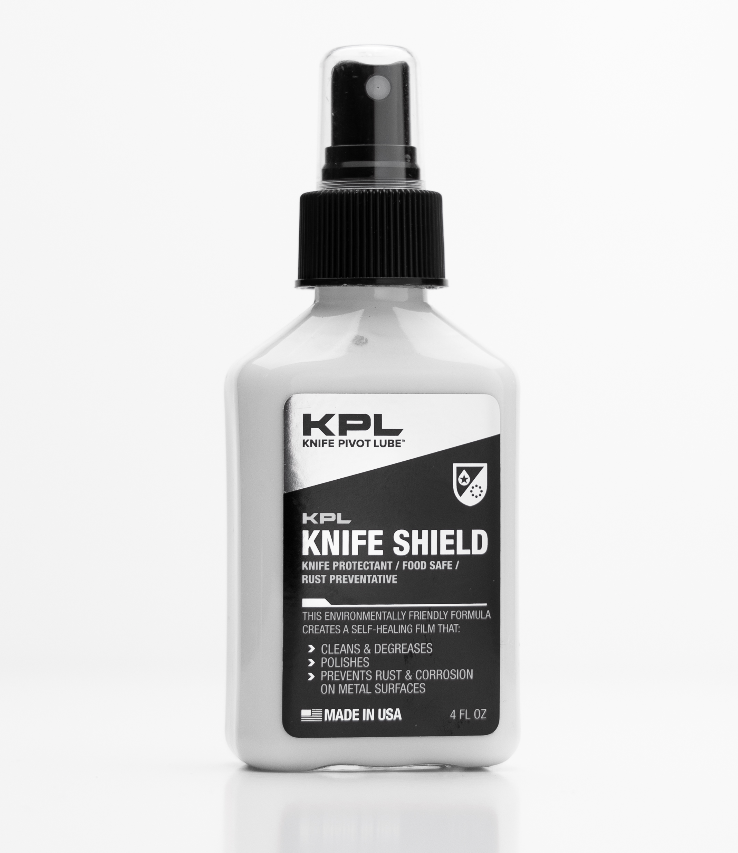
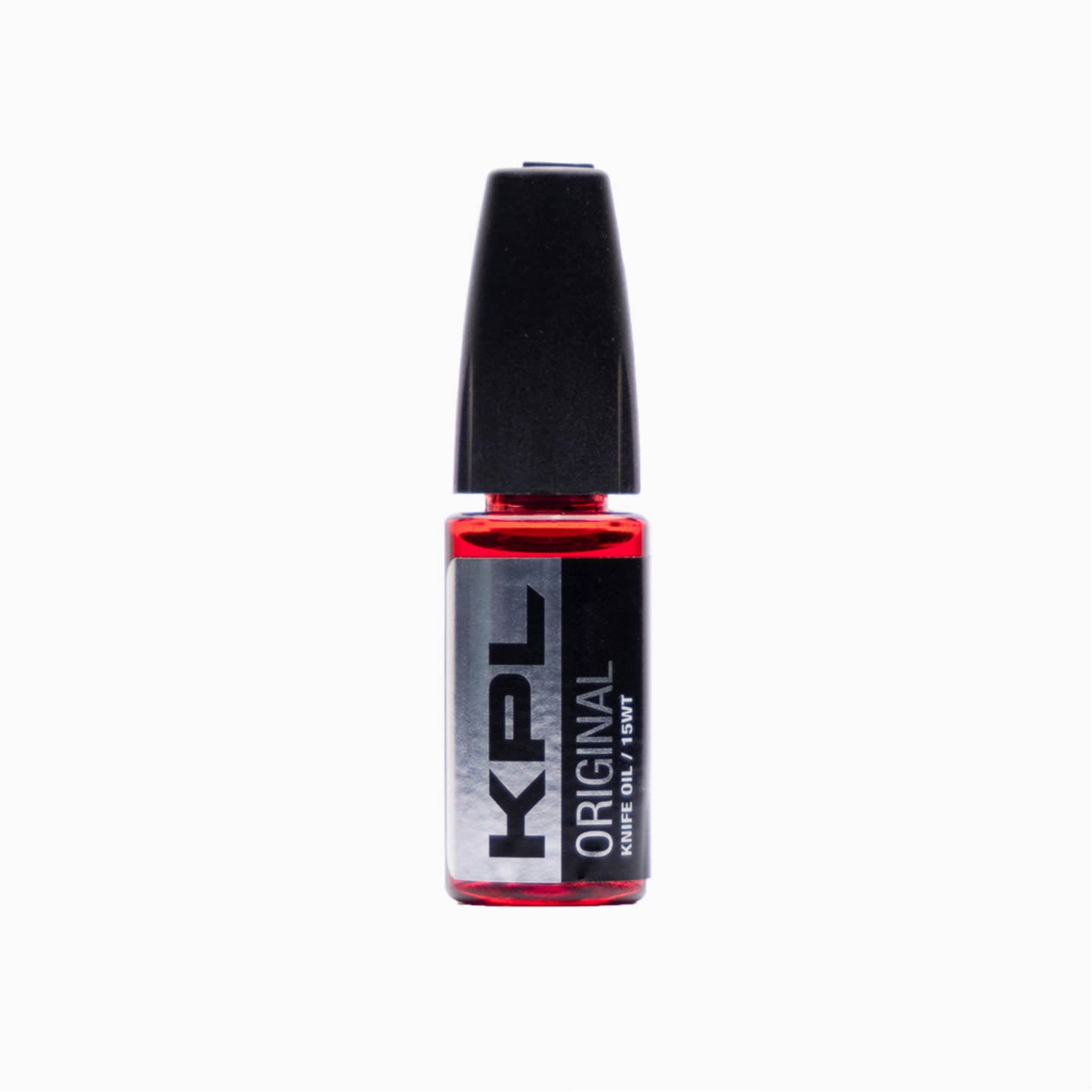

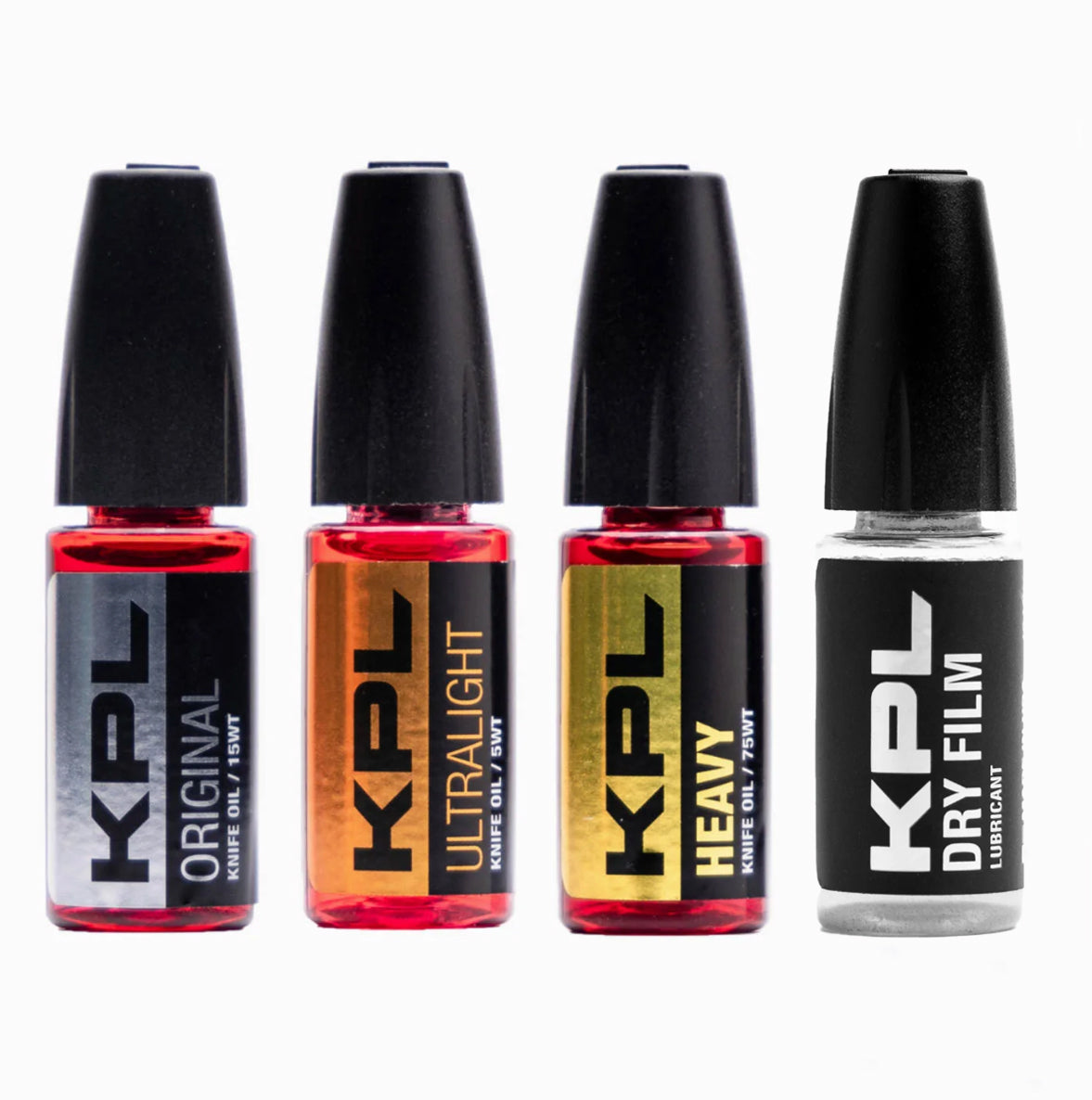
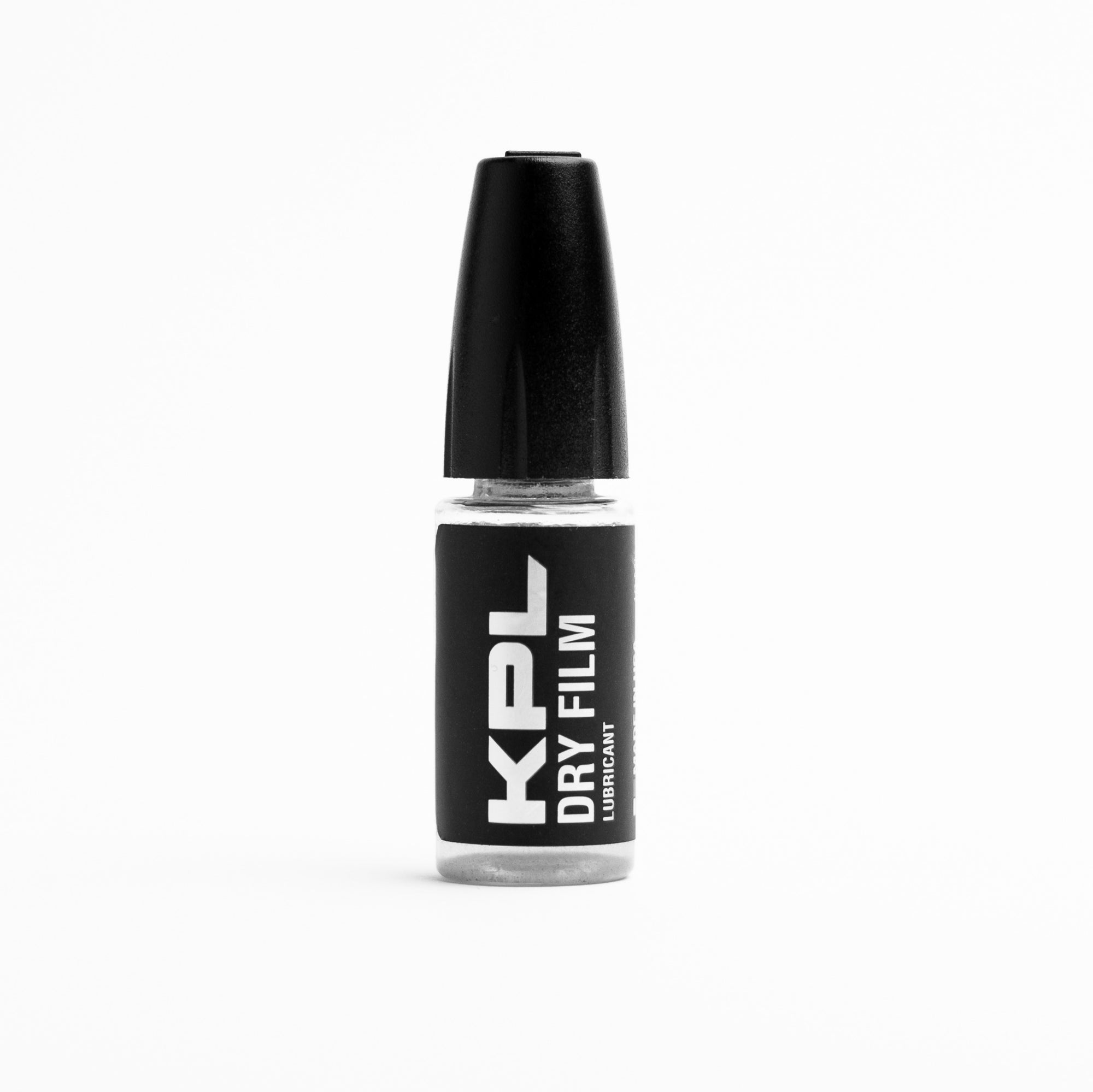
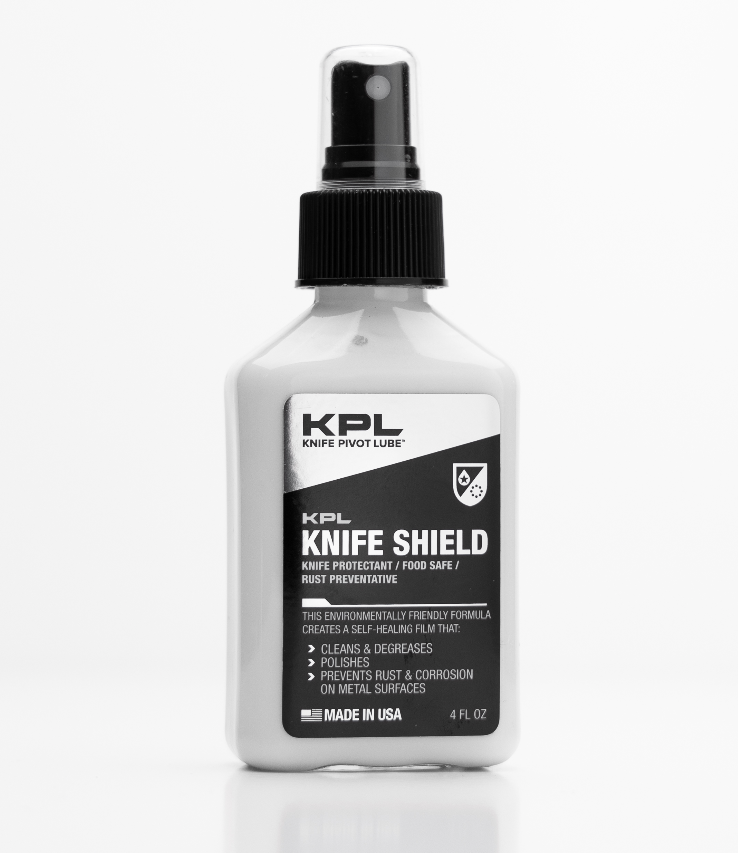
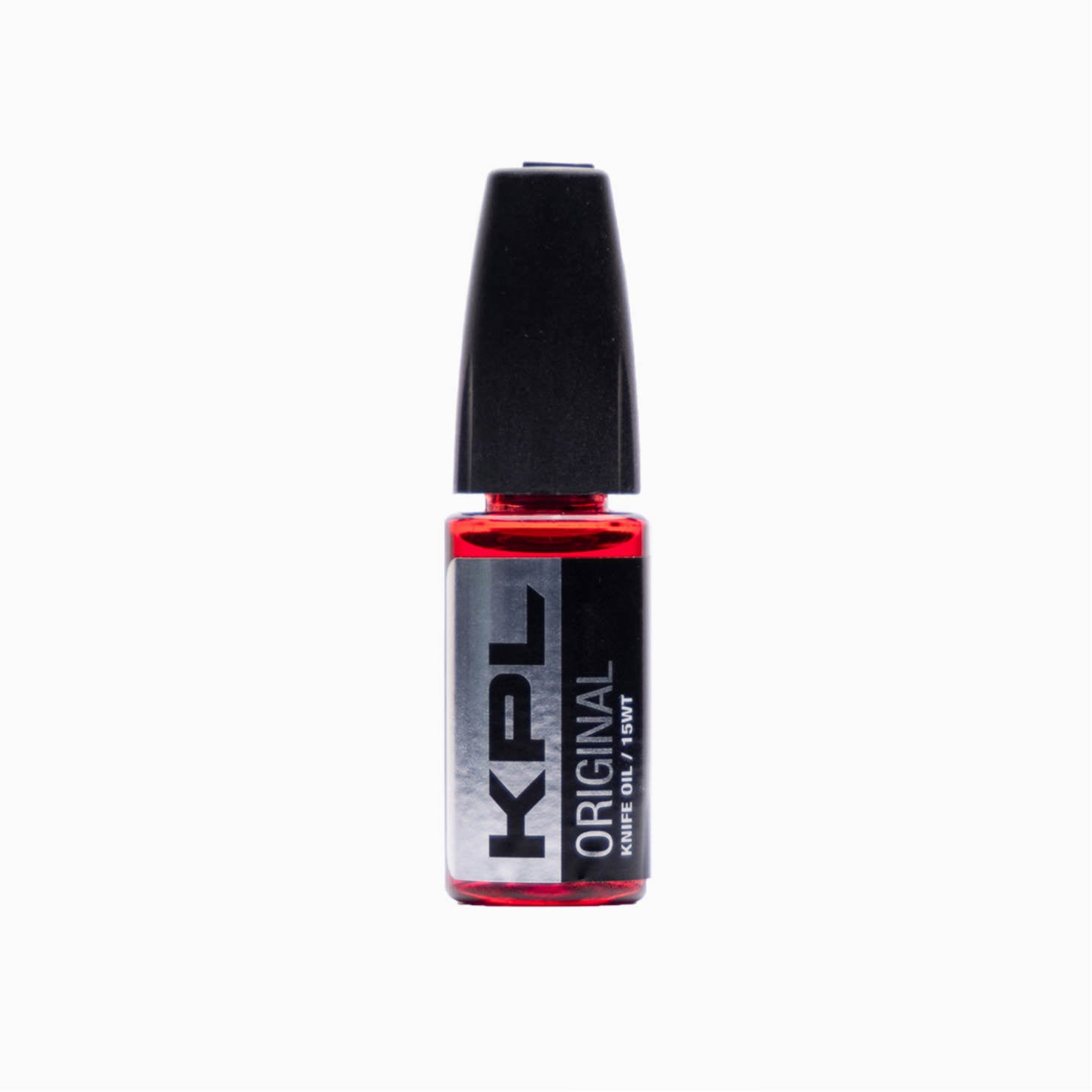
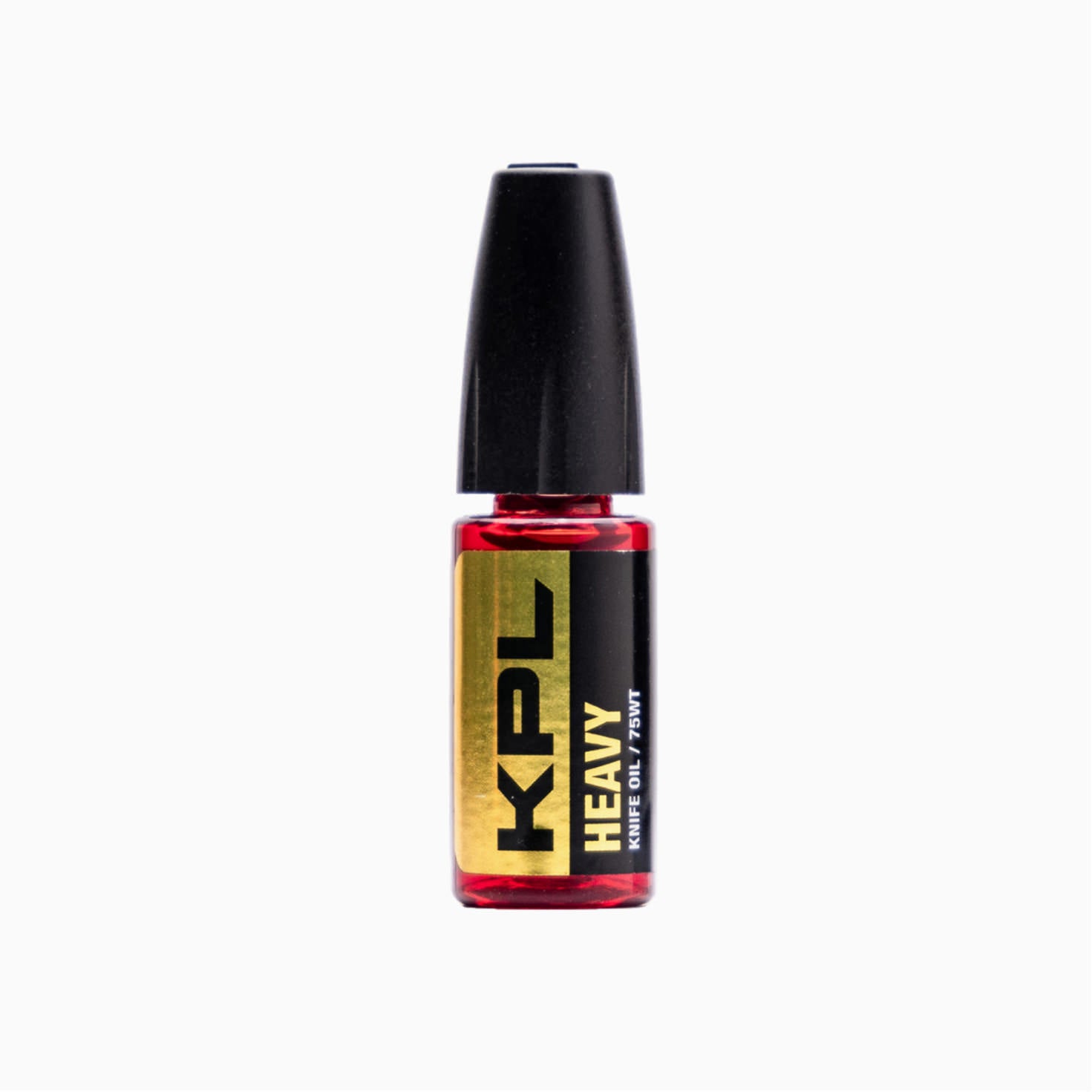
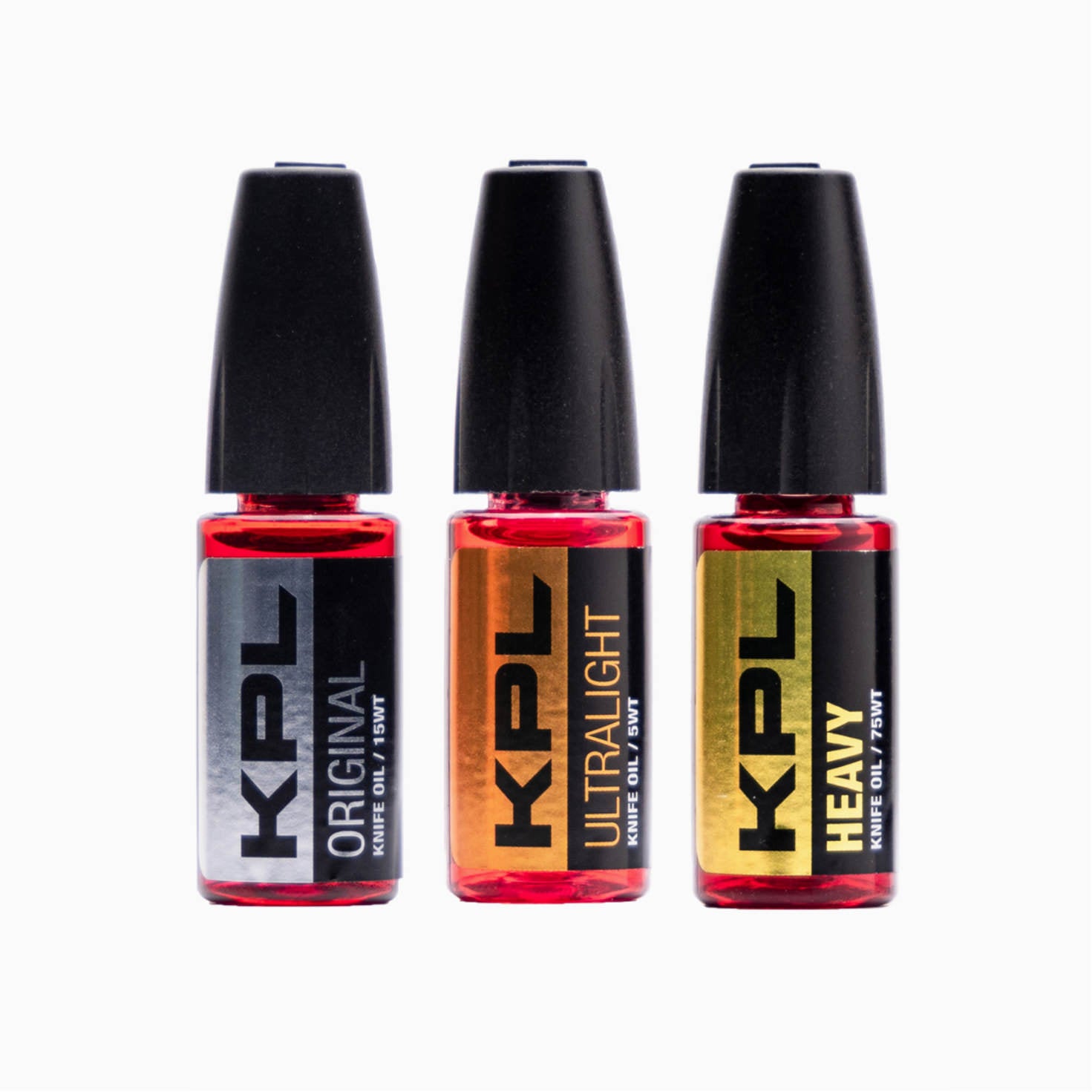
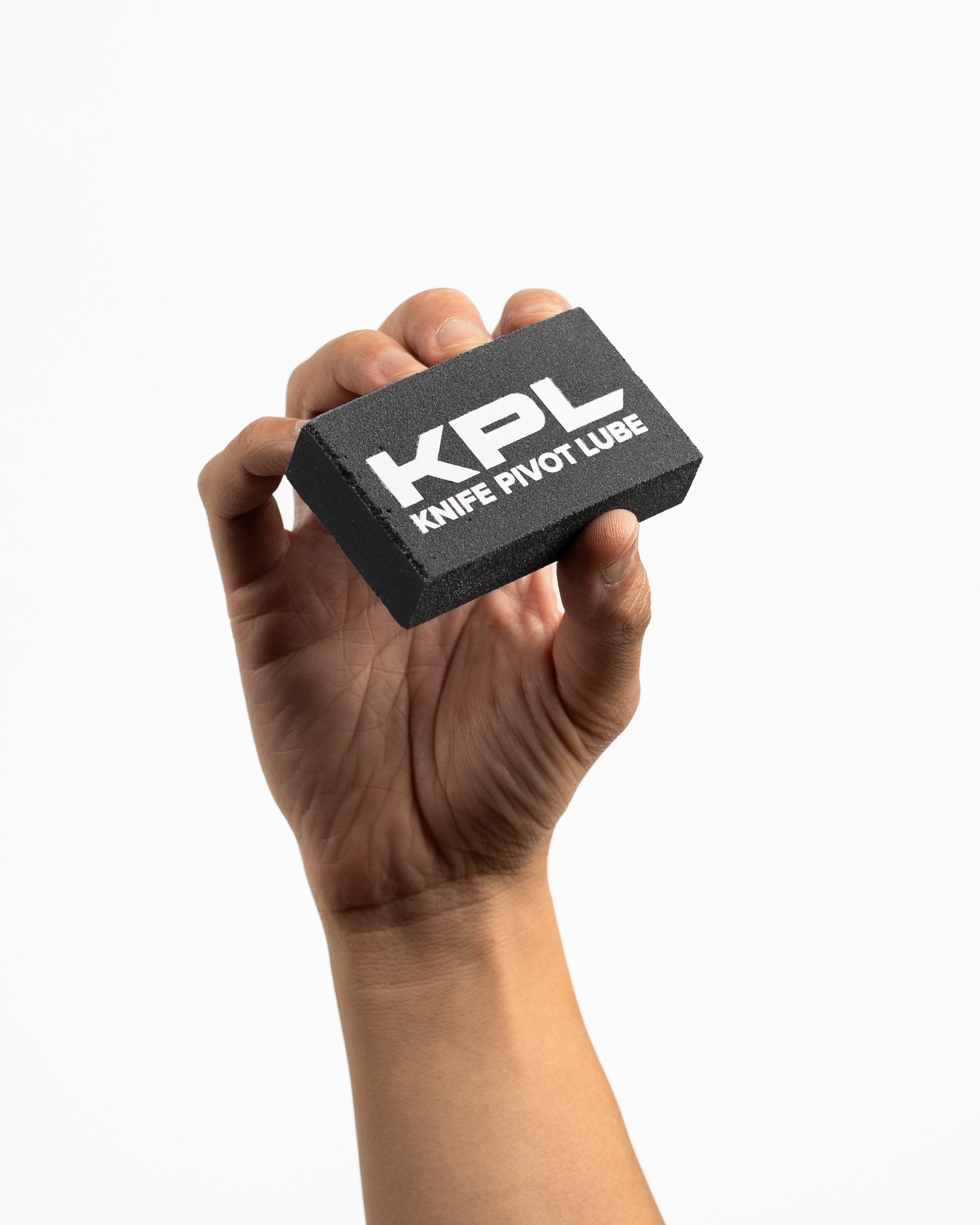
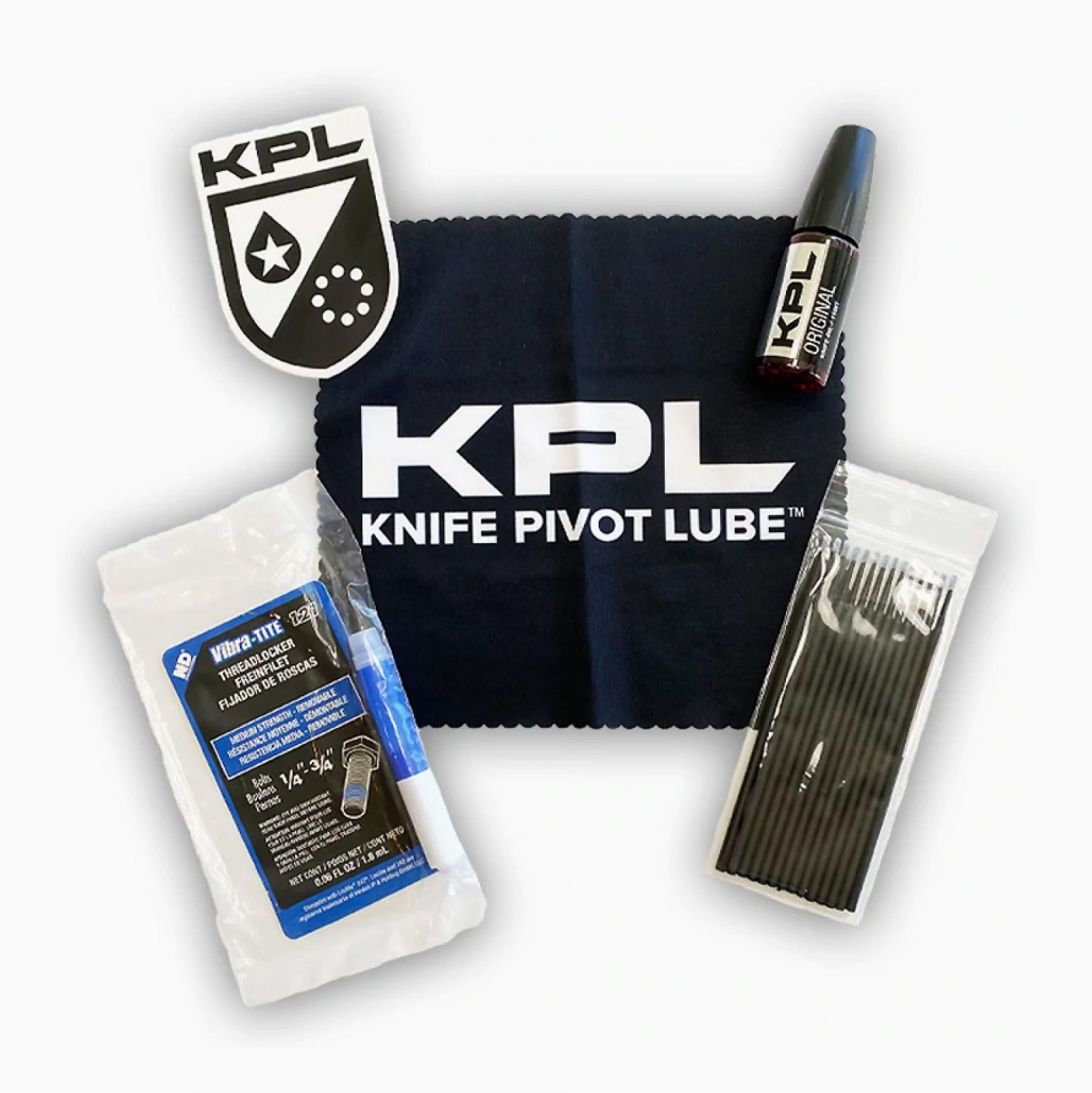
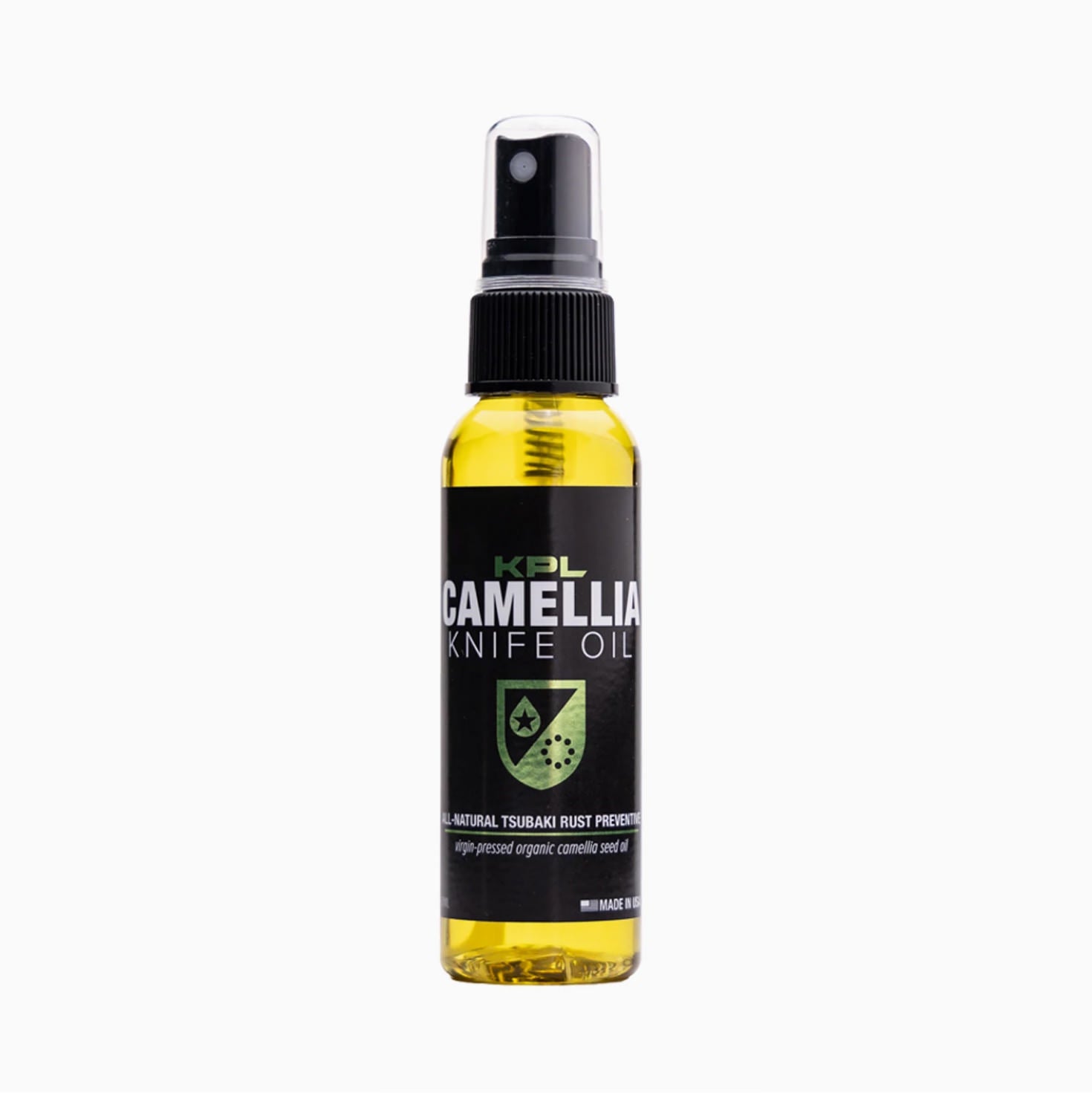


Comments
Eugene R Rivera said:
I need to learn to flip a balisong is there any sheets